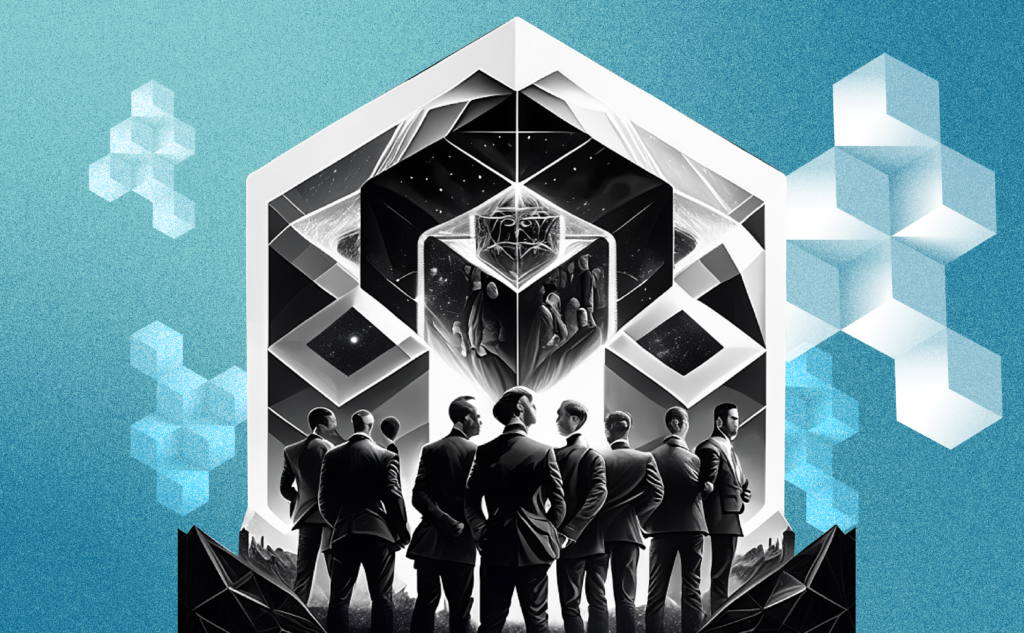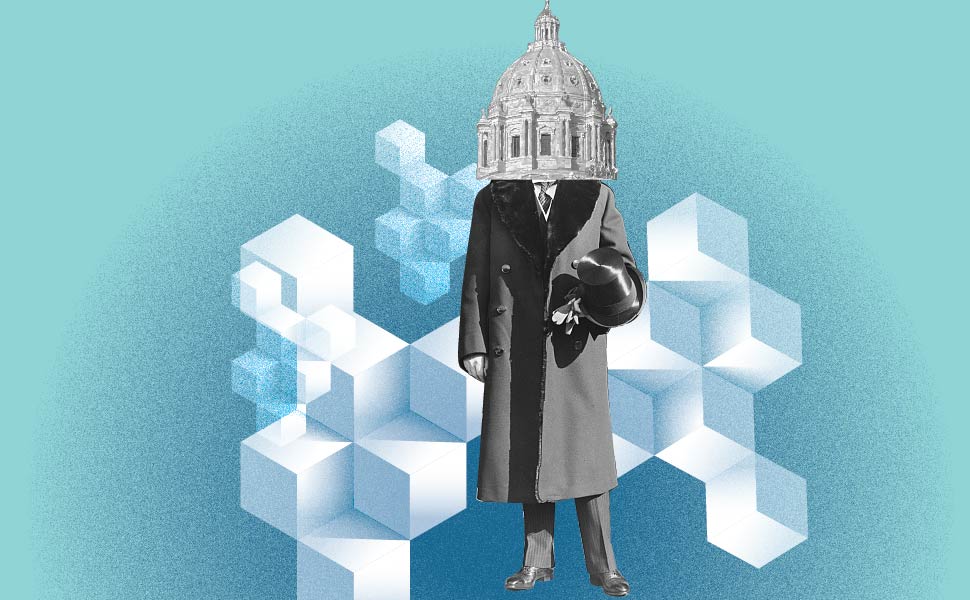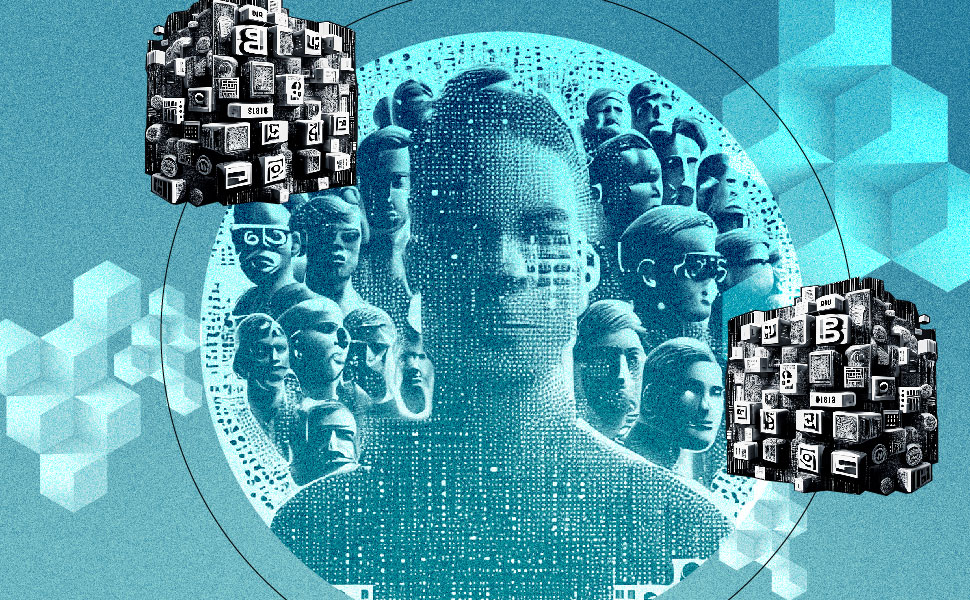Birth of Blockchain
Blockchain, a term that once baffled many, has now become a buzzword in the digital world. Its inception traces back to the emergence of Bitcoin, the first cryptocurrency, in 2009. The anonymous entity known as Satoshi Nakamoto created Bitcoin as a decentralised digital currency, free from control by any government or organisation. The technology underpinning this innovation? Blockchain.
Fast forward to 2015, and the launch of Ethereum added a new layer to the blockchain narrative. Ethereum introduced smart contracts – self-executing contracts with the terms of the agreement directly written into code. This development unlocked an array of potential applications for blockchain technology, far beyond the realm of cryptocurrencies.
Now that you know a little about where blockchain came from, let’s delve into what it is and how it works.
What is Blockchain?
Simply put, a blockchain is a type of database. But instead of storing information in a central location, a blockchain distributes data across a network of computers, or nodes, around the world.
From Blocks…
At its core, a blockchain is made up of a series of data units, aptly called “blocks.” Each block contains a list of transactions. Once a block is filled with a certain number of transactions, it’s time to create a new one.
…To Chains
Here’s where the ‘chain’ part comes in: each new block contains a unique code called a “hash,” as well as the hash of the previous block in the chain. These hashes link the blocks together in a specific order, creating a chain of blocks – a blockchain. This chaining mechanism is what makes the blockchain secure and tamper-resistant. If anyone tries to alter a transaction in a block, the hash of the block changes, breaking the chain.
Nodes: The Guardians of the Blockchain
In a blockchain network, several nodes maintain and validate the blockchain. Nodes are computers that hold a copy of the entire blockchain and follow the rules of the network.
When a new block is added to the blockchain, every node in the network updates its blockchain to include the new block. This decentralisation makes the system highly resilient to attacks and fraud.
The Power of Blockchain in Simple Terms
Think of blockchain as a magic notebook. Everyone who participates in a blockchain network has a copy of this notebook. Now, let’s say you want to write a note (or in the real world, make a transaction). Everyone with a copy of the notebook must agree to your note before it’s written. Once written, the note is there forever. It can’t be changed, erased, or manipulated.
In addition, each new note (transaction) contains a secret code that connects it to the previous note. So, if someone tries to tamper with a note, the codes won’t match up, and the network will know something’s not right.
That’s the magic of blockchain. It’s a transparent, secure, and decentralised way of keeping notes (or transactions), where everyone is a watcher, and nothing can be altered without everyone’s consent.
The real world isn’t filled with magic notebooks, but with blockchain, we’re getting close. This technology has the potential to bring about big changes, from how we use money to how we keep records. We’re just starting to scratch the surface of what blockchain can do. Welcome to the start of something magical!




